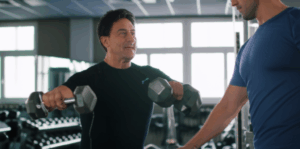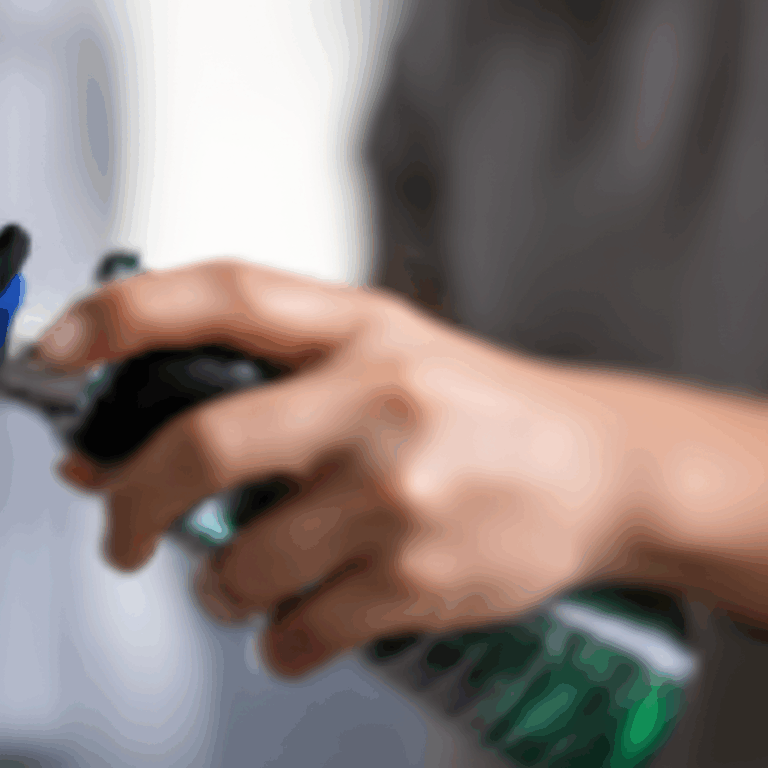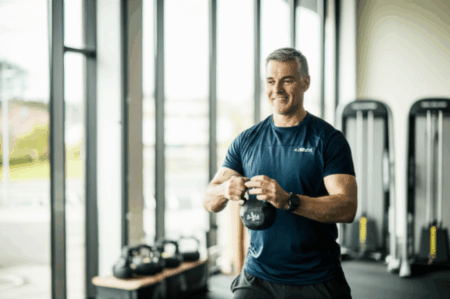Hitting the gym hard or pushing your limits in a new sport often leaves you with that familiar, sometimes debilitating, post-workout ache known as Delayed Onset Muscle Soreness (DOMS). While it’s a sign that your muscles are adapting and growing stronger, it doesn’t have to sideline you. Physical therapists (PTs), experts in movement and rehabilitation, emphasize that smart recovery is just as crucial as the training itself for optimal performance, injury prevention, and consistent progress. Forget the myths and quick fixes; here are five evidence-backed recovery hacks that PTs consistently recommend to soothe sore muscles and accelerate your journey back to peak form.
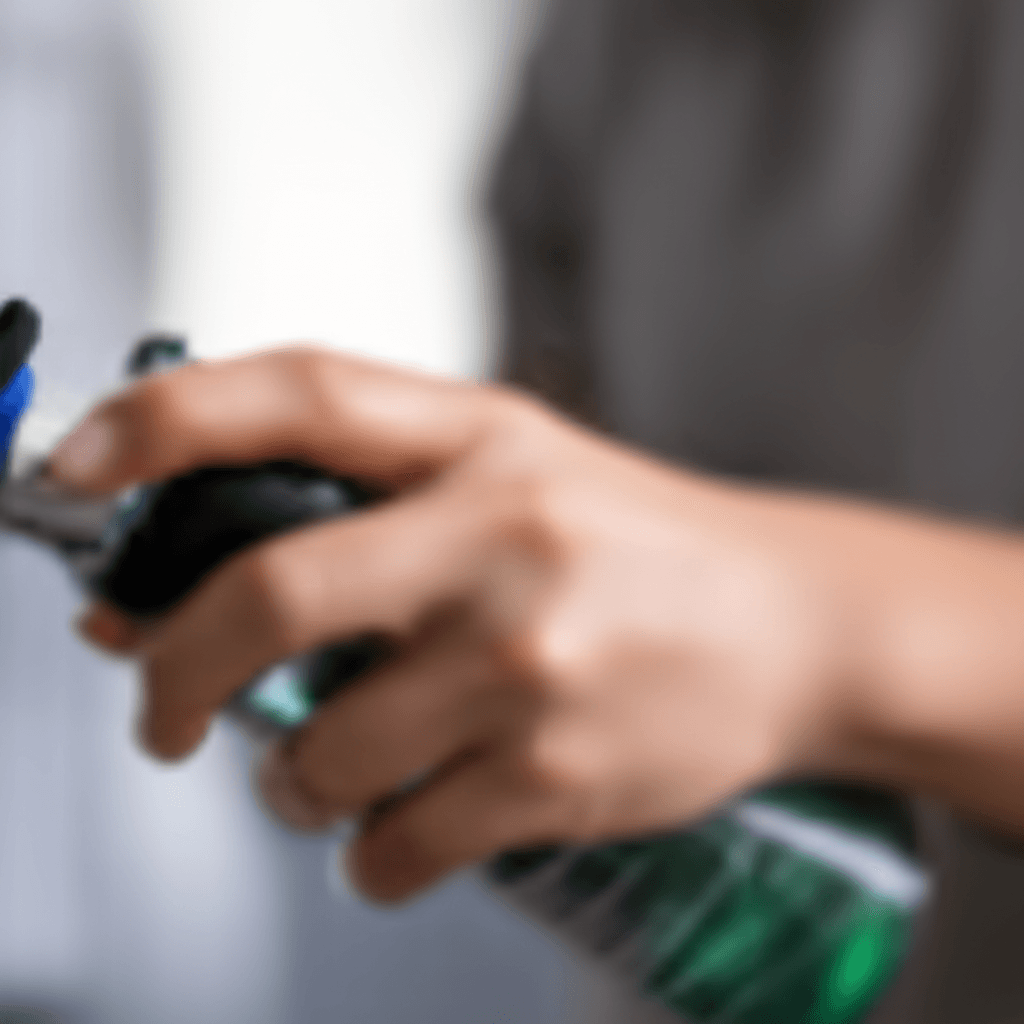
1. Prioritize Hydration and Smart Nutrition
What you put into your body before and after a workout profoundly impacts how quickly and effectively your muscles recover. Physical therapists consistently highlight proper hydration and balanced nutrition as foundational elements of muscle recovery.
Replenishing Fluids and Electrolytes
During exercise, your body loses fluids and electrolytes through sweat. Failing to replace these can lead to dehydration, which negatively impacts muscle function and delays recovery. Water plays a crucial role in transporting nutrients to muscles and removing metabolic waste products like lactic acid, which can contribute to pain and fatigue.
PT-Approved Tip: Aim to drink water consistently throughout the day, and for every 15 to 30 minutes of exercise, consume at least 8 ounces of water. After intense workouts, consider electrolyte-rich beverages like coconut water or a low-sugar sports drink to restore balance. If you’re unsure how much water you need, a general guideline is to drink one ounce per pound of body weight per day for athletes.
Fueling Muscle Repair with Protein and Carbohydrates
Intense exercise causes microscopic tears in muscle fibers. Consuming protein post-workout provides the essential amino acids your body needs to repair and rebuild this muscle damage, leading to greater strength over time. Carbohydrates are equally vital, as your muscles store them as glycogen for energy. Replenishing these stores after a workout helps restore energy levels and supports muscle repair.
PT-Approved Tip: Within 30 to 60 minutes after an intense workout, aim to consume a meal or snack providing 20 to 40 grams of protein and 20 to 40 grams of carbohydrates to optimize recovery. Examples include Greek yogurt with berries, a protein smoothie, or lean protein with complex carbohydrates. An overall balanced diet rich in nutrients is key to ensuring your muscles have what they need to recover effectively.
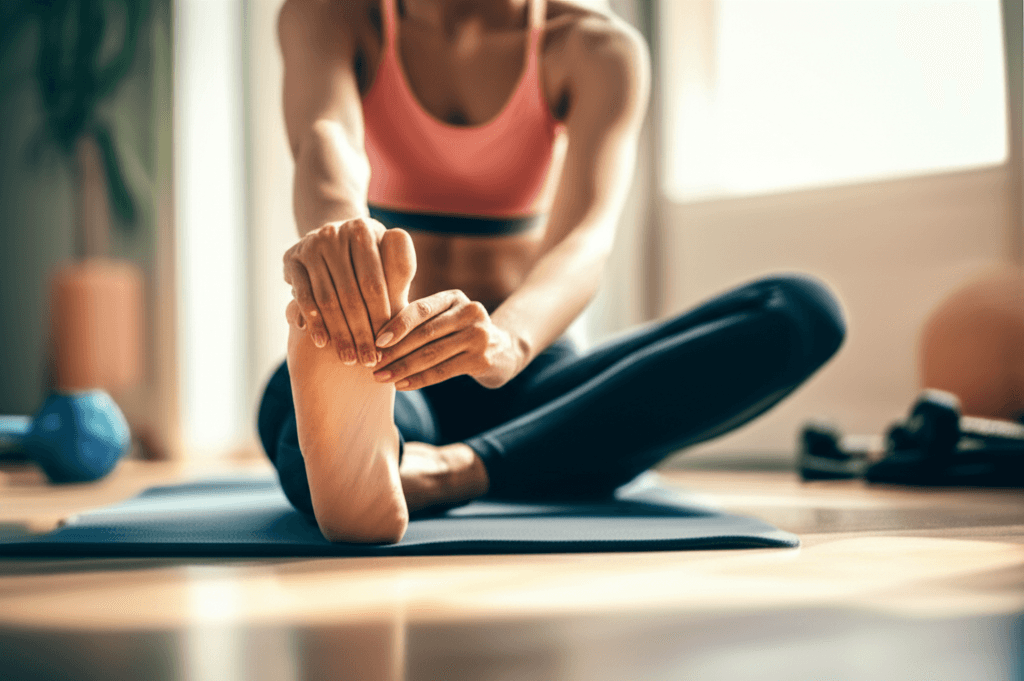
2. Embrace Active Recovery and Gentle Movement
While rest is important, complete inactivity can sometimes prolong muscle soreness and stiffness. Many PTs advocate for active recovery, which involves engaging in low-impact, light exercises that promote blood flow without overstressing damaged muscles. This type of movement helps remove metabolic waste products and delivers fresh oxygen and nutrients to recovering tissues.
The Benefits of Gentle Post-Workout Activity
Light exercise helps decrease the accumulation of blood lactate and can reduce the perception of soreness and fatigue. It also helps maintain muscle elasticity, preventing tightening and cramping.
PT-Approved Tip: Instead of collapsing on the couch after an intense session, integrate 10-15 minutes of light cardio such as walking, slow jogging, swimming, or gentle cycling. Yoga or gentle stretching can also be excellent for promoting circulation and relieving muscle tightness. The key is to keep the intensity low (around a 3 on a 0-10 effort scale) to avoid further muscle damage. For chronic pain or after physical therapy sessions, light activity is often recommended to prevent stiffness.

3. Harness the Power of Quality Sleep
Perhaps the most underrated yet powerful recovery tool is sleep. Physical therapists consistently emphasize that adequate, high-quality sleep is non-negotiable for muscle repair and overall well-being.
Why Sleep is Critical for Muscle Recovery
During deep sleep, your body enters a crucial repair phase. It releases growth hormone, which stimulates tissue growth and muscle repair, and also regulates inflammatory responses that aid in healing. Sleep deprivation can impair muscle recovery by hindering this process, negatively impacting performance, mood, and cognitive function.
PT-Approved Tip: Aim for 7-9 hours of quality sleep per night. For individuals who exercise intensely, even more rest, potentially 10 hours or more, might be beneficial. Establishing a consistent bedtime routine, creating a dark and quiet sleep environment, and avoiding screens before bed can all contribute to better sleep hygiene.
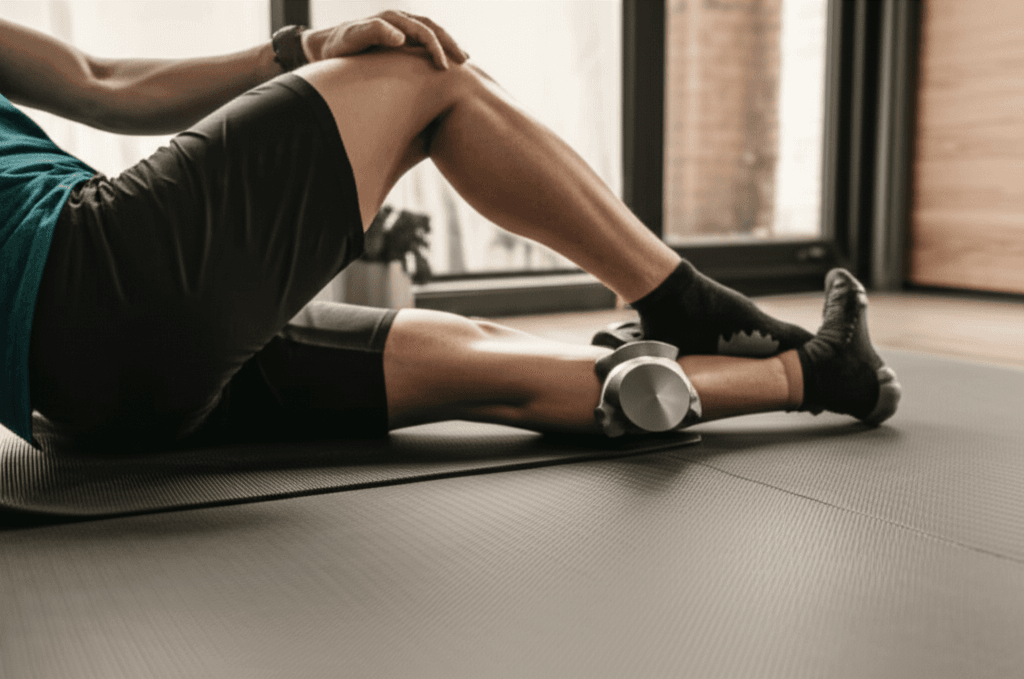
4. Utilize Self-Myofascial Release and Massage Therapy
To directly address muscle tension and knots, physical therapists often recommend self-myofascial release (SMR) techniques like foam rolling and targeted massage. These methods help improve blood flow and reduce stiffness, making them a popular choice for athletes and active individuals.
How Foam Rolling and Massage Aid Recovery
Foam rolling works by applying pressure to muscles and connective tissues, breaking up adhesions and increasing circulation. This self-massage helps release muscle tension, reduces inflammation, and facilitates the delivery of oxygen and nutrients while flushing out waste products. Massage guns, or percussive massage devices, offer a similar benefit through rapid vibrations.
PT-Approved Tip: Spend 10-15 minutes after your workout, or even on rest days, using a foam roller or massage gun on large muscle groups like your glutes, quads, hamstrings, and calves. Roll slowly over areas of tension until you hit a sensitive spot, then apply pressure until the pain dissipates. You can also use lacrosse balls for harder-to-reach areas. If professional massage is an option, it can significantly reduce muscle soreness and improve recovery.
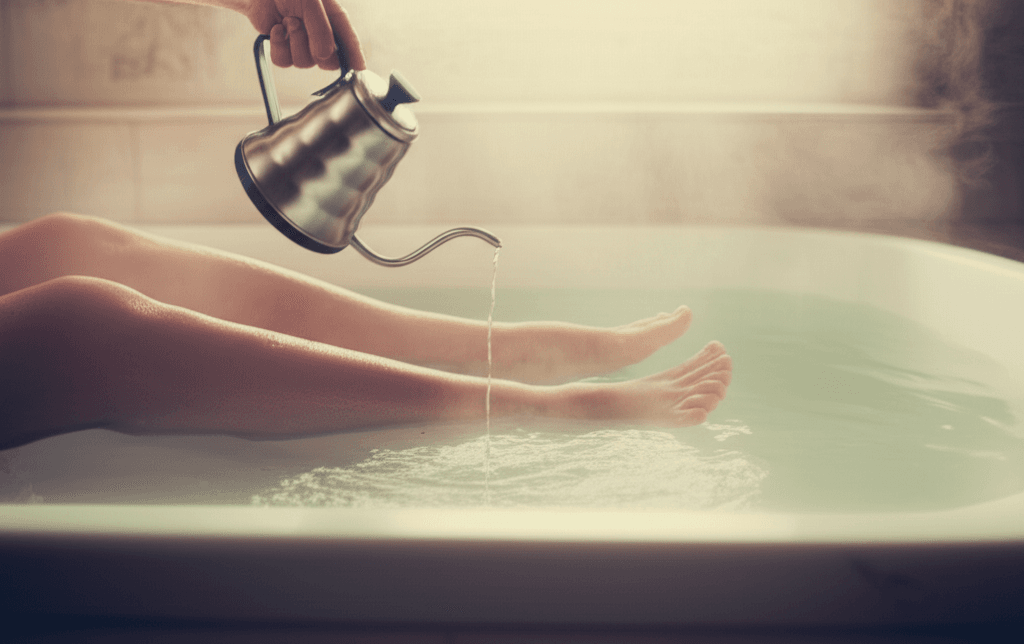
5. Leverage Hydrotherapy: Warm Baths and Contrast Showers
Water, in its various forms, offers therapeutic benefits for muscle recovery. Hydrotherapy, including warm baths, showers, and contrast water therapy, is often recommended by PTs to alleviate muscle soreness and promote relaxation.
The Healing Power of Water
Warm water helps relax muscles, increases blood flow, and can reduce pain and stiffness. It can also be excellent for lowering body temperature and supporting the wind-down process. Contrast water therapy, which involves alternating between warm and cold water, is believed to enhance circulation further, promoting recovery and delaying the onset of soreness. While ice baths have been used for inflammation, some studies suggest warm water immersion may be more effective for recovery, especially after resistance exercise.
PT-Approved Tip: After a workout, take a warm shower or bath to help your muscles relax and increase blood flow. Adding Epsom salts to a bath can further soothe muscles and help prevent cramping. If trying contrast therapy, alternate between warm and cool water (e.g., 1-2 minutes warm, 30 seconds cold) to stimulate circulation. For acute soreness or swelling, localized ice application (for no more than 25 minutes at a time, not directly on skin) can help reduce inflammation.
Conclusion: Consistent Recovery for Lasting Results
Muscle soreness is a natural part of challenging your body, but it doesn’t have to impede your progress. By integrating these five recovery hacks into your routine—prioritizing proper hydration and nutrition, engaging in active recovery, ensuring adequate sleep, utilizing self-myofascial release, and leveraging hydrotherapy—you can significantly reduce discomfort, accelerate muscle repair, and optimize your overall performance. As physical therapists emphasize, consistent attention to recovery is paramount for long-term fitness success and maintaining a healthy, active lifestyle.


